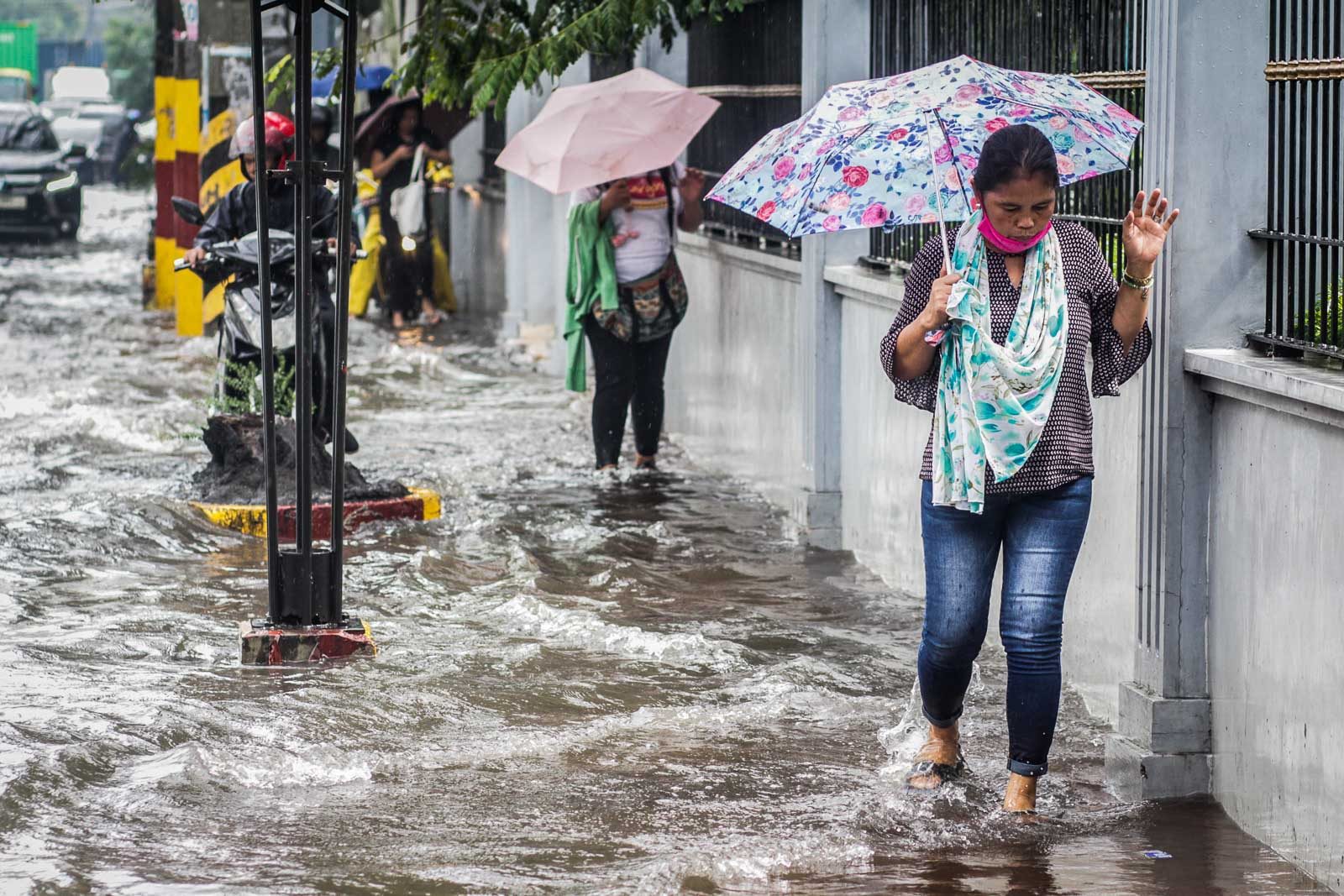SUMMARY
This is AI generated summarization, which may have errors. For context, always refer to the full article.

MANILA, Philippines – The Department of Health (DOH) in Calabarzon recorded 75 cases of leptospirosis, with 12 deaths due to the disease, from January 1 to August 17, 2019.
This is 62% lower than the figure last year, according to Calabarzon’s Regional Epidemiology and Surveillance Unit, which recorded 199 cases for the same period in 2018.
Rizal topped the list this year with 34 cases and 7 deaths, followed by Cavite with 18 cases and 2 deaths, Laguna with 14 cases and 1 death, and Batangas with 9 cases and 2 deaths. There have been no recorded cases in Quezon province so far this year.
A city and two municipalities in Rizal had the most number of cases: Antipolo City with 15 cases, Rodriguez with 9, and San Mateo with 6. These are followed by Biñan in Laguna and Dasmariñas in Cavite, each with 5 recorded cases.
On August 20, the DOH reported a total of 981 cases of leptospirosis, with 113 deaths due to the disease, nationwide. This is a 62.5% decrease from the same period in 2018, when 2,618 cases and 256 deaths were recorded all over the country.
Despite the marked decrease in cases, the DOH warned the public against the bacterial disease “with the coming of rains and floods.”
DOH Calabarzon regional director Eduardo Janairo advised the public to avoid dirty floodwaters, which spread the leptospira bacteria. “If we have no business to go outside our homes, it is best to stay inside and be safe,” Janairo said.
“Hindi tayo nakakasiguro na ang dadaanan natin ay hindi baha at lalong hindi tayo nakakasiguro na malinis ang tubig nito dahil sa mga basurang nakakalat sa paligid. Mas makabubuti ng umiwas at kung lalabas naman makabubuting magsuot ng bota at siguraduhin na walang sugat o anumang gasgas ang ating paa o binti dahil dito maaaring makapasok ang bacteria na nagdudulot ng leptospirosis,” he added.
(We can’t be certain if we’d pass through flooded roads and we can’t certain that floodwaters would be clearn becuse there’s always trash all over. It’s better to avoid the flood and, if we do have to go out, make sure that we wear boots, and that we have no open wounds on our feet and legs because the bacteria can enter through them.)
Janairo reminded the public to take prophylaxis like doxycyline, an antibiotic used to prevent infections. It can be bought over the counter at local drugstores.
Leptospirosis is preventable, but can be deadly if not monitored early. Janairo said it is best to go to the nearest health center once one experiences the following symptoms: fever, chills, headache, body and muscle pain, redness of the eyes, jaundice, and difficulty urinating.
Leptospirosis, according to the World Health Organization, is a bacterial disease that affects both humans and animals. It can occur worldwide but is most prevalent in tropical and subtropical regions, it added.
Human infection happens through “direct contact with the urine of infected animals or with a urine-contaminated environment.”
“As animals are constantly in our environment, there is a particular danger of getting leptospirosis when flooding occurs, such as following a typhoon or very heavy seasonal rains, because of exposure to contaminated water when wading in floodwaters,” the WHO said. (READ: Fast Facts: What is leptospirosis?) – Rappler.com
Add a comment
How does this make you feel?
There are no comments yet. Add your comment to start the conversation.